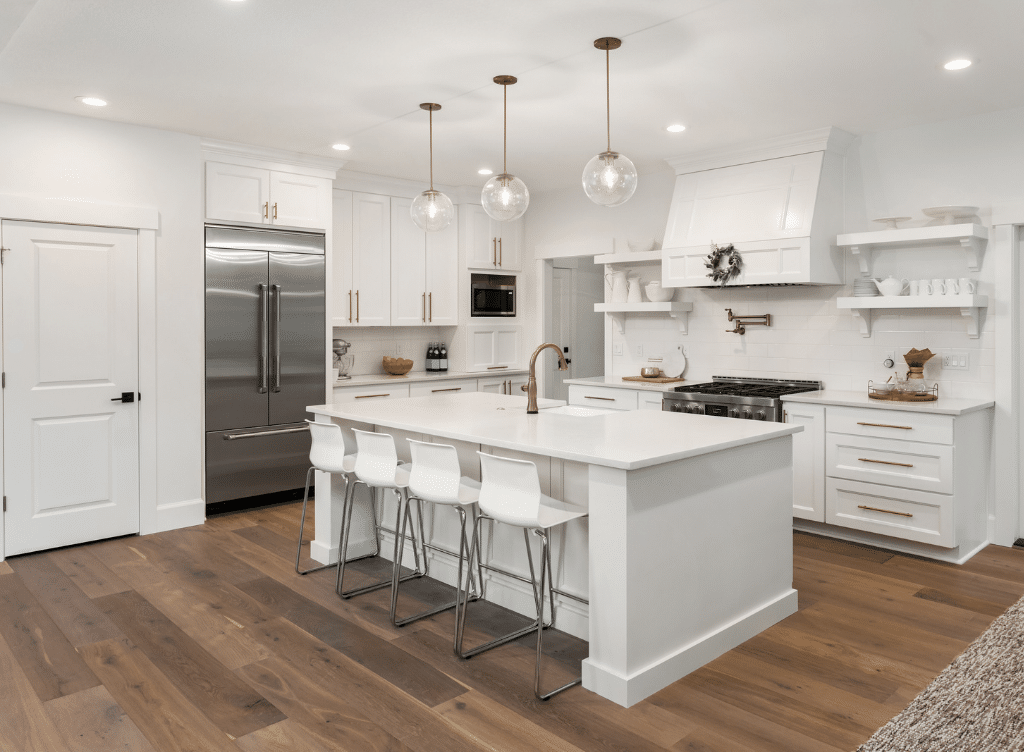

13 Jul Guide to Wide Plank Flooring – Pros & Cons
Getting a floor with wider planks for your home or office not only accentuates the spaciousness of a room, but it also helps to complement contemporary and rustic ambiances alike. Recent advances in technology have also meant that wide plank floors are more resistant to changes in humidity and temperature while coming at a price that’s cheaper than ever.
Nearly all flooring types can come in a wide plank format, including solid timber, engineered timber, hybrid and laminate floors. (If you’d like to know the difference between each flooring type, we have a Guide to Choosing a Floor for you here.)
Benefits
One of the largest benefits of wide plank flooring is visual appeal – they certainly make a statement in your home! Wide plank floors exhibit a feeling of sturdiness and quality that standard floors can’t. This is particularly true with floors that use real timber, as wide planks allow you to showcase the unique and natural texture of the wood. This includes the grain of the timber, colour variations, knots, gum veins, and spirals.
Here are some examples of wide plank laminate flooring from the Luxflor Hugo range in European oak styles:
| Oak Smoke | Oak Natural | Oak Grey |
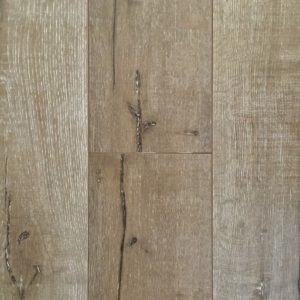  |
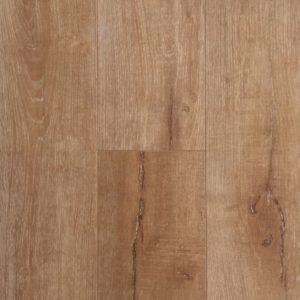  |
  |
You can also get Australian hardwood styles which have stronger tones and different grain patterns:
| Blackbutt | Spotted Gum | Blue Gum |
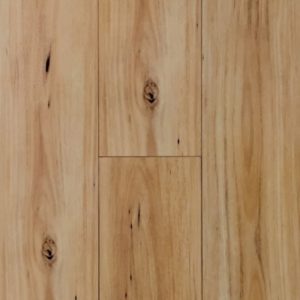  |
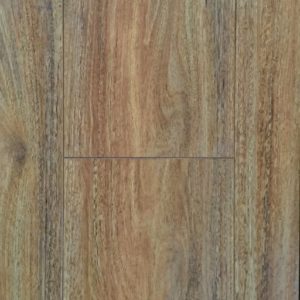  |
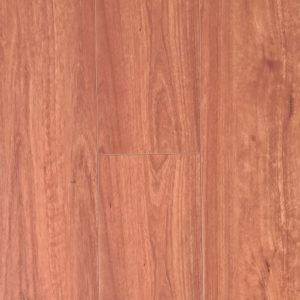  |
Wide plank floors can also drastically change the feel of a room by making it feel bigger than it actually is. Planks that are even wider can even go the opposite direction and make your space feel smaller and more cosy.
As fewer planks are needed to cover a given surface area, installation can be quicker than normal-width planks. You also get fewer seams within your room, although with the caveat that these seams can become more prominent as the planks naturally expand and contract. Having fewer seams can mean that your floor looks less busy to the eye.
With the advent of flooring technologies like engineered timber and hybrid floors, wide plank floors have become much more accessible to the average buyer. This also means that you have plenty of choice, as there are now many flooring models that come in a wide plank format.
Wide plank floors can be more environmentally friendly than standard width floors. How, you ask? As getting wide planks from trees is quite a difficult process due to scarcity, some wide plank floors are made from wood that’s been reclaimed from disused constructions like railroad ties and old houses. Not only does this bring wide plank floors into an aesthetic of their own, but you’re also doing your part to reuse the limited resources available on Earth.
Wide planks are also slightly more durable as any impact force on a plank is spread out over a larger surface area.


Drawbacks
Despite the great advantages of having a wide plank floor in your home or office, wide planks do come with a few drawbacks.
First, wide plank floors are more vulnerable to moisture, and water ingress can cause issues such as creaking, warping, and buckling. Higher quality wide plank floors that use kiln-dried wood can cope a little bit better as they have a lower moisture content and don’t absorb as much moisture as their counterparts. As such, you won’t find solid timber floorboards wider than 130mm as they are less resistant to swelling.
As you would imagine, wide plank floors in solid timber, engineered flooring and oak flooring are more costly to produce and supply. This is primarily a result of added difficulty milling wide floorboards and there being a limited number of suitable trees that are old and large enough to produce wide plank floors. In fact, although you use fewer planks, wide plank floors may cost more than their standard width counterparts, although it isn’t a hard and fast rule.
Although installation can be faster, extra care needs to be taken during installation to ensure that there are sufficient expansion gaps between floorboards and the walls. We recommend a minimum of 10mm for most flooring types, especially wider floorboards. This is more of an issue for flooring types like solid timber and engineered timber floors that use real timber in their construction, as the wood fibres can expand and contract due to changes in their environment.
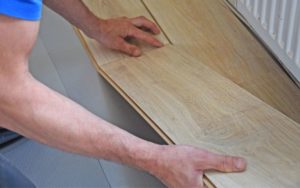

So should you get wide plank flooring?
Compared to standard flooring planks, wide plank floors look beautiful and exude an unmatched quality of construction. However, they just aren’t for everyone, especially if you have narrow hallways or have a room that’s relatively small.
If you’re thinking of getting wide plank flooring, it’s important to think about what you want your space to look like. Contemporary and rustic designs in particular work well with wide plank floors, as well as when you want to enjoy the natural character of the timber.
If you’re not sure on whether you should get wide plank floors, a flooring specialist can definitely help you out! On-site consultations and getting a feel for how a floor will interact with your particular space will help you determine whether it’s right for you.




























